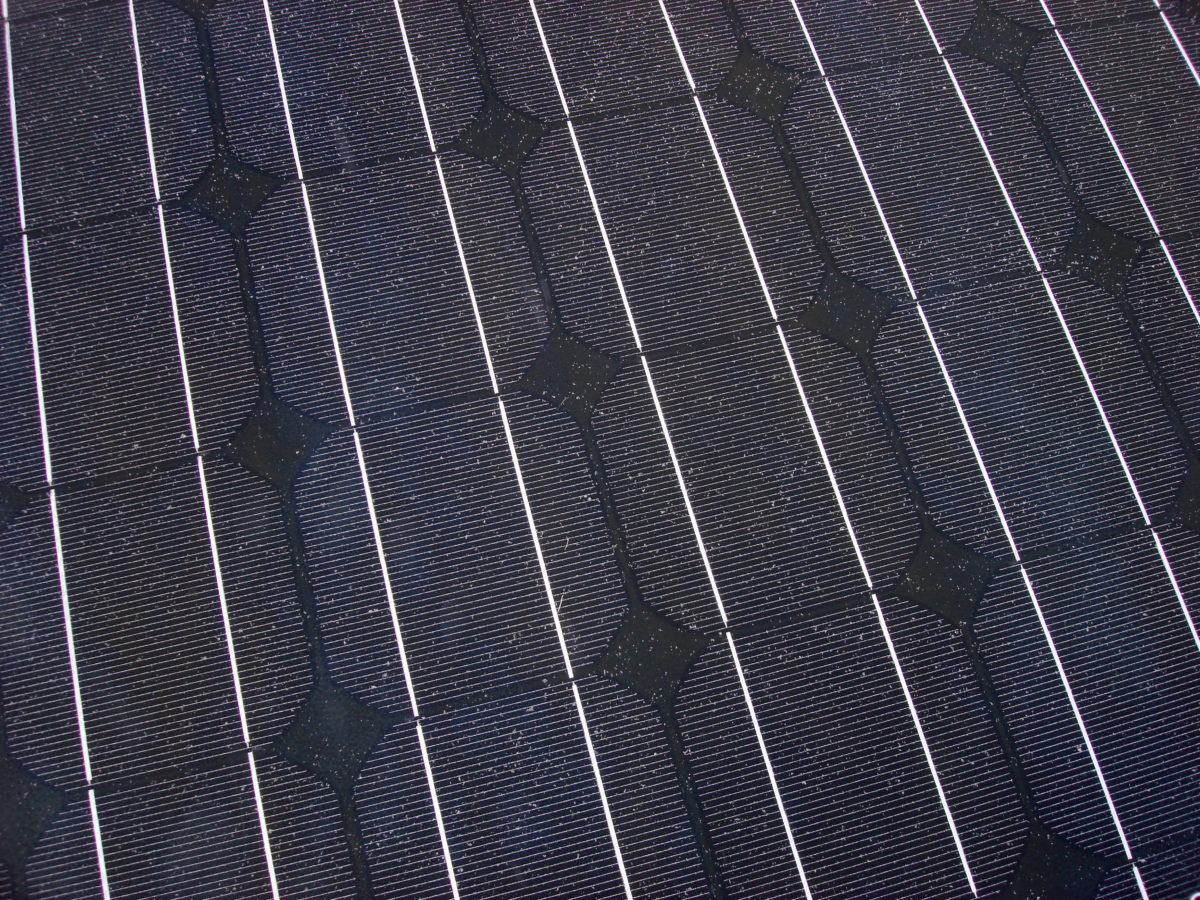From pv magazine Latam.
Predicting energy production on a minute by minute or second by second scale – short-term or immediate forecasting – is critical for managing solar plant operations in an intelligent energy network as well as for ensuring power supply and improving system efficiency.
Forecasting systems based on climate models; satellite data; or predictive models based on historical generation data become inadequate due to their low spatial and temporal resolution – weather stations are scarce so the nearest to a solar panel could be too far away to be reliable, geostationary satellites have relatively limited image resolution and predictive models based on solar panel data are not reliable enough.
That is why Rodrigo Verschae, an academic at Chile’s Institute of Engineering Sciences at the University of O’Higgins; and researchers Jinsong Zhang and Jean-François Lalonde, from Laval University, Canada; and Shohei Nobuhara, of Kyoto University, Japan developed ‘deep photovoltaic nowcasting’. The project aims to make short-term, local, accurate, high-resolution solar project output projections.
Nowcasting
“In the future [grid operators] will have to decide in real time, because of the renewable energy that is available – and the use of other sources of generation and consumption – who will consume [electricity] and when, coordinating all the generation units in an automatic way,” said Verschae. “In a community, several houses and industries could be organized based on availability … that is a great motivation to carry out this work.”
‘Nowcasting’ on a per-minute or per-second basis uses images of the sky captured by video near solar panels. However, estimating climatic conditions from such images, including sun intensity and the appearance and movement of clouds, is a difficult task with traditional computer visual techniques.
In their new approach, the international researchers constructed a system which automatically correlates the relationship between the appearance of the sky and solar panel output using ‘deep learning’ machine learning techniques.
Dataset
“What we propose is to install a video camera looking at the sky on the roof of a house or building, near solar panels, which takes four photos every second to generate an image of great dynamic range and then a sequence of these images,” Verschae said. “This allows us to see where the sun is, how the clouds move and when they will occlude it, preventing the generation of solar energy.” Based on that information, the scientists were able to predict when there would be less energy output with very precise resolution.
The project, in development since 2017, has six months’ worth of information from cameras at the University of Kyoto.
“This type of system, in addition to helping to predict solar energy, could be useful for some climate models: forecasting weather in the short term, or to control variables in smart buildings,” said Verschae. “And another thing that interests us has to do with working with solar plants, not only with panels, and if you install more than one camera, you could, for example, predict which part of the panel is going to be hidden.”
This content is protected by copyright and may not be reused. If you want to cooperate with us and would like to reuse some of our content, please contact: editors@pv-magazine.com.



4 comments
By submitting this form you agree to pv magazine using your data for the purposes of publishing your comment.
Your personal data will only be disclosed or otherwise transmitted to third parties for the purposes of spam filtering or if this is necessary for technical maintenance of the website. Any other transfer to third parties will not take place unless this is justified on the basis of applicable data protection regulations or if pv magazine is legally obliged to do so.
You may revoke this consent at any time with effect for the future, in which case your personal data will be deleted immediately. Otherwise, your data will be deleted if pv magazine has processed your request or the purpose of data storage is fulfilled.
Further information on data privacy can be found in our Data Protection Policy.